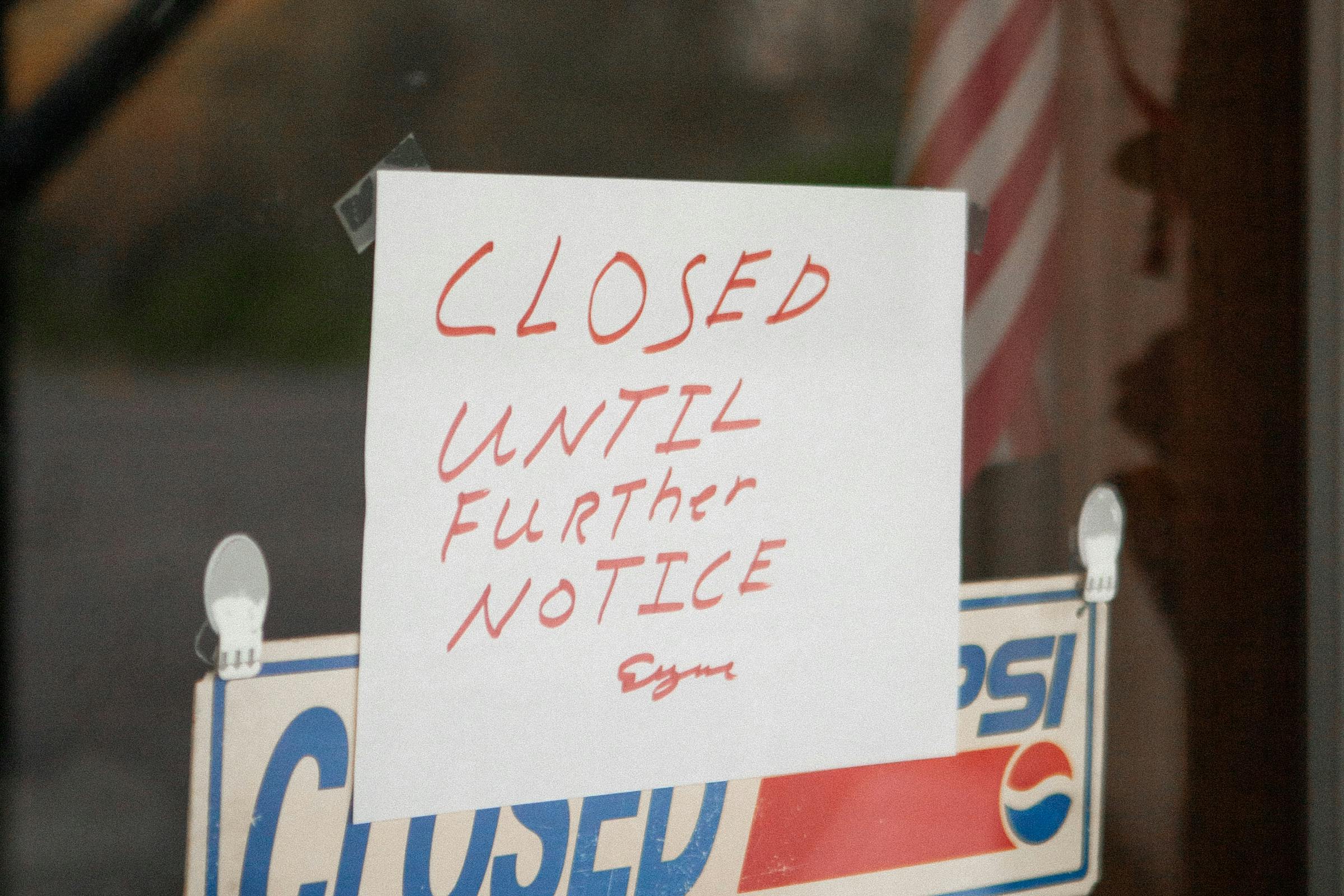The answer is yes, provided you do each step correctly. You have the right to switch jobs, but that employer must do their part to meet USCIS qualifications. This guide will walk you through the ins and outs of everything you need to know about filing an H-1B visa transfer.
Transferring an H-1B Visa: The First Steps
You chose to accept a position to get into the US, but you aren’t required to stay there. If you’re unhappy, or a better job offer comes along, you have the right to seek a transfer. You don’t have to receive permission from your current employer, either, as long as you’ve completed any contractual and non-compete obligations first.
You’ll work alongside the new employer to complete the petition when you can contractually switch jobs. First, you must file a Labor Condition Application (LCA), then gather the documents listed below. The employer will complete the USCIS petition letter (Form I-129) and file it on your behalf, and USCIS will approve or reject the petition or request further evidence (officially called an RFE).
What You’ll Need For Your Petition to Be Approved
Since you’ve already had your H-1B petition approved through the annual cap/lottery process, your transfer doesn’t need to go through that step again. The only exception to this is if you entered the US through a cap-exempt employer. You must go through the lottery process to transfer to a cap-status job.
Certain requirements must be met for a basic, non-lottery request to get approved.
First, as mentioned, your new employer must have an approved Labor Condition Application and has to submit the H-1B visa petition on your behalf to USCIS.
If your visa is in good status without violations, and you haven’t conducted unlawful acts while in the country, you shouldn’t have a problem getting the transfer. The petition must be filed before your current employment period ends.
When your transfer is approved, and you receive the USCIS receipt, you can begin working at your new place of employment as of the date on the H-1B transfer petition. However, to be on the safe side, it’s best to wait until you receive the transfer approval in writing.
If time is an important factor, such as if you have already stopped working with your previous employer, consider investing in premium processing. Your petition will be processed within 15 calendar days with this extra fee.
The Documents Required for an H-1B Transfer
When you submit your petition, you and the employer must include various documents supporting evidence of your new job and identity.
As the visa holder, you should submit:
● A copy of your current visa
● Forms I-797 and I-94, if applicable
● Your resume
● Recent pay stubs showing employment status
● Copies of your university degree, transcript, and academic evaluations
● A letter of recommendation
The new employer must submit:
● The LCA
● A letter that explains the new job, salary, and other details, signed by the employer and visa transfer holder
● Evidence of the company’s legitimacy, including business plans, annual reports, financial statements, and marketing documents
● Documentation that details the responsibilities and duties the employer will be completing
These documents should be sufficient to get your petition through without delays. However, you may receive an RFE if USCIS needs more information.
Transferring When You Have Spouses and Minors
The H-1B visa allows you to bring your family with you, but their status is dependent on yours. So, when you request a transfer for employment, their H4 visa can’t be renewed until your I-140 is approved.
The H-1B Visa Transfer Fees
In addition to attorney fees, if applicable, transferring the H-1B visa includes filing fees and other mandatory costs. These are covered by the employer and include:
● Filing fee for Form I-129 of $460
● Fraud detection and prevention fee of $500
● ACWIA training fees ranging $750 to $1,500 depending on how many employees work at the company
● A required public law fee of $4,000 if there are more than 50 employees and over half are on H-1B visa status
The premium processing fee may be payable by the employer or the employee, depending on the reason for the expedited request.
What’s Next?
H-1B transfers allow you to change employers while you’re in the country, but this can’t be done arbitrarily. Your visa permitted you to enter the country under certain circumstances. If those change, USCIS must be notified and approve the changes.
The best way to do this is to let Visa2US help you through the transfer status. Our professional staff will explain the necessary steps, help you understand what’s involved if you must go through the lottery, and walk you through each part of your new journey.
Visa2US is here 24 hours a day, 7 days a week, to streamline your paperwork and documentation and answer all your questions.














